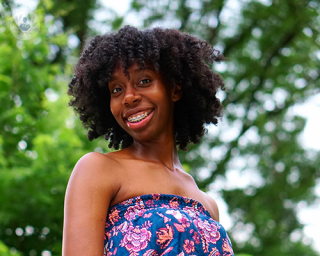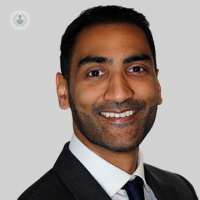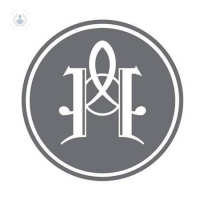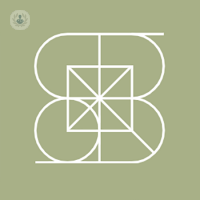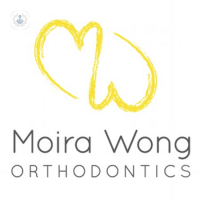Braces
What are braces?
Braces, or dental brackets, are a type of orthodontic treatment to help correct the positioning of your teeth and sometimes your jaw. They can be single or multiple pieces either fixed around your teeth or easily removable. Thanks to the latest advances in cosmetic dentistry, braces can come in various types: metal (traditional), self-ligating or transparent (ceramic).
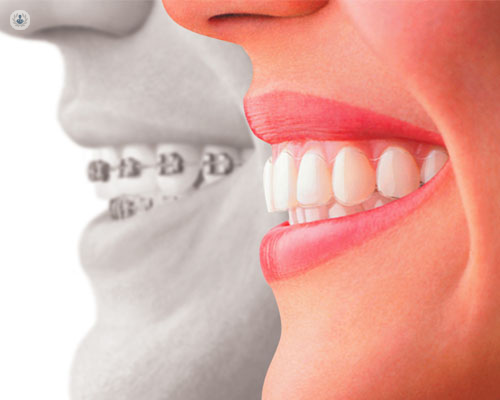
Why are they used?
Braces are used by orthodontists to correct problems with the teeth and jaw. Typical problems include:
- Overcrowding
- Crooked teeth
- Overbite
- Underbite
- Jaw misalignment problems
What are the different types of braces?
- Fixed traditional braces — these are formed of high-grade stainless steel and are accompanied by metal arches, elastic bands and a flexible wire that connects all the brackets and bands.
- Self-ligating braces — these are an evolution of traditional metal braces. Instead of using elastic bands, these use clips to hold the wire in place.
- Lingual or transparent braces — some people only need minor corrections, so they can use clear, removable appliances, often called clear aligners or invisible braces. These need to be replaced every one to three weeks with a new set. They shouldn’t be worn when eating, brushing or flossing.
What is the best age to have braces?
The ideal age of treatment ranges from age nine upwards and this is dependent on the diagnosis of the malocclusion.
What can I expect if I get braces?
Treatment is normally done in three phases: the placement of the braces, the periodic adjustments and then the use of a retainer.
You will need to return periodically to see your orthodontist so they can adjust your braces by either tightening wires or replacing a set of clear aligners. All of this puts pressure on the teeth and slowly shifts them into their new position. If your orthodontist needs to realign your jaw, they will apply tension using elastic bands stretched between opposing teeth. You should expect your teeth and jaw to feel slightly sore for a few days after each adjustment.
What happens when I have my braces removed?
When you have your braces removed, you will need to wear a retainer for a short period to help keep your teeth in place and prevent them from moving back to their original position. These are typically made of plastic, but can sometimes be made of both plastic and metal wires.
How long do I need to wear braces?
Adults can expect to wear braces for one to three years, depending on the severity of the condition. Children tend to wear braces for 18 months to two years and visits to the orthodontist are needed every six to eight weeks.







